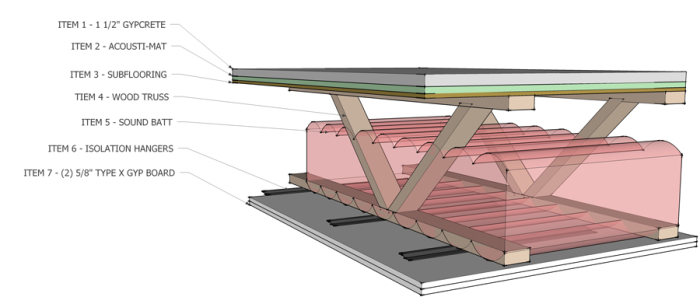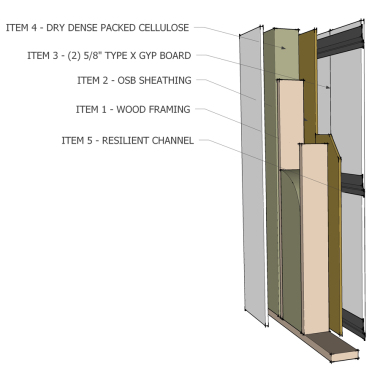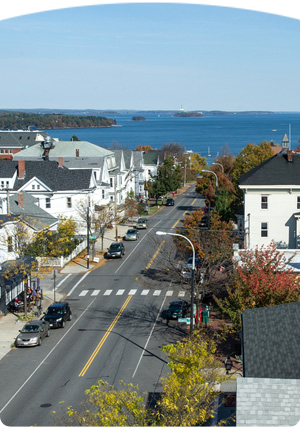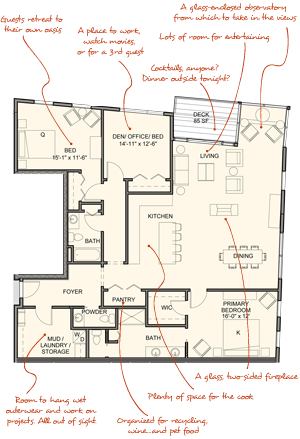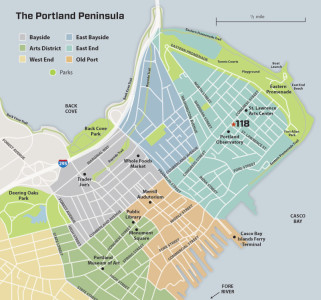The developers of 118 have gone to extremes not seen before in Portland to assure privacy between floors, where the greatest challenge to controlling sound transmission in condominium buildings exists. Sound between floors is of two types: noise that travels through the air, including voices, music, TV, etc. (which is also a concern between units that are side by side) and pounding sounds, primarily neighbors walking on the story above. Sound through the air is controlled by insulation and isolation, and is aided by bulk. Pounding sounds are controlled by bulk and sound-absorbing products. At 118, we have chosen to include both.
- We started with two layers of drywall on the unit ceilings, adding important bulk. This drywall is hung from the ceiling joists by a resilient clip system, absorbing sound transmitted by vibration in solid materials.
- We then added a minimum 6 inches of sound-attenuating batt insulation within the joists.
- Then, above the subfloor on every level of the building, we installed a reinforced sound mat underneath a lightweight concrete slab.
- Finally, we are laying an additional sound absorbing mat on the concrete before the wood floor is installed.
As for any sound transmission between residences that are on the same story of the building, one strategy was to design the homes so that there is only one “shared” wall between units. All 118 interior walls are gypsum board with sound insulation in select locations. Shared walls are double walls filled with cellulose insulation yielding a sound-transmission coefficient well above building codes.
Watch the first intra-floor concrete pad being poured
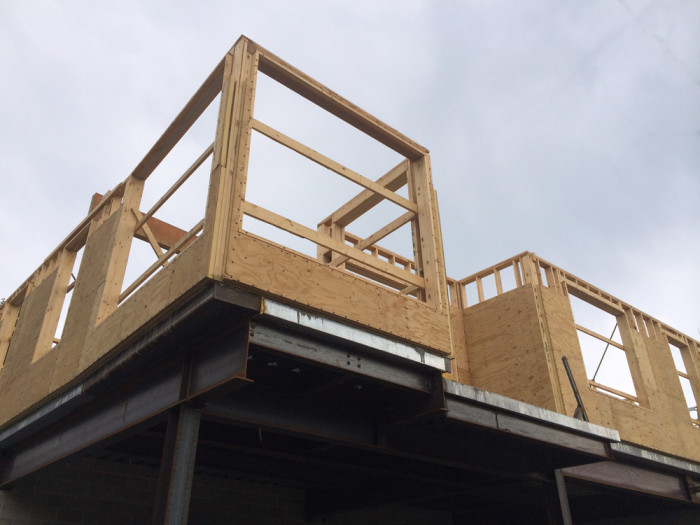
Above, the concrete pad is seen contained by the steel I-beams during construction of the first residential units.

